CONGO GUNS
FESTIVAL DU SCOOP D'ANGER JURY SPECIAL PRIZE 2010 - GETTY IMAGES CREATIVE GRANT FINALIST 2010
In DRC, years of fighting have resulted in large amount of weapons and ammunitions abandoned, hidden or stored in unsafe conditions around the country. Even in the Western or Southern provinces at peace, weapons and explosive ordnance continue to kill, either because they are handle by civilians unaware of the danger, because they detonate fortuitously. Moreover, the availability of weapons and ammunitions constitute a risk to the security of the territory and the current peaceful transition process in DRC. In 2008 and 2009 the UN Group of Experts on the Democratic Republic of Congo conducted in-depth investigations into the causes of instability in the country. The final reports found that within FARDC, stockpile management is almost non-existent; the DRC Government does not know how many of its arms are stored at which depots and with which units. Moreover, poverty (a rank-and-file soldier in FARDC receives around $40 a month in salary) and the lack of accountability allows soldiers to sell small quantities of weapons and ammunition for money. As a consequence, arms trafficking is continuous in DRC. It contributes to armed criminality and can sometimes lead to the resurgence of conflicts.
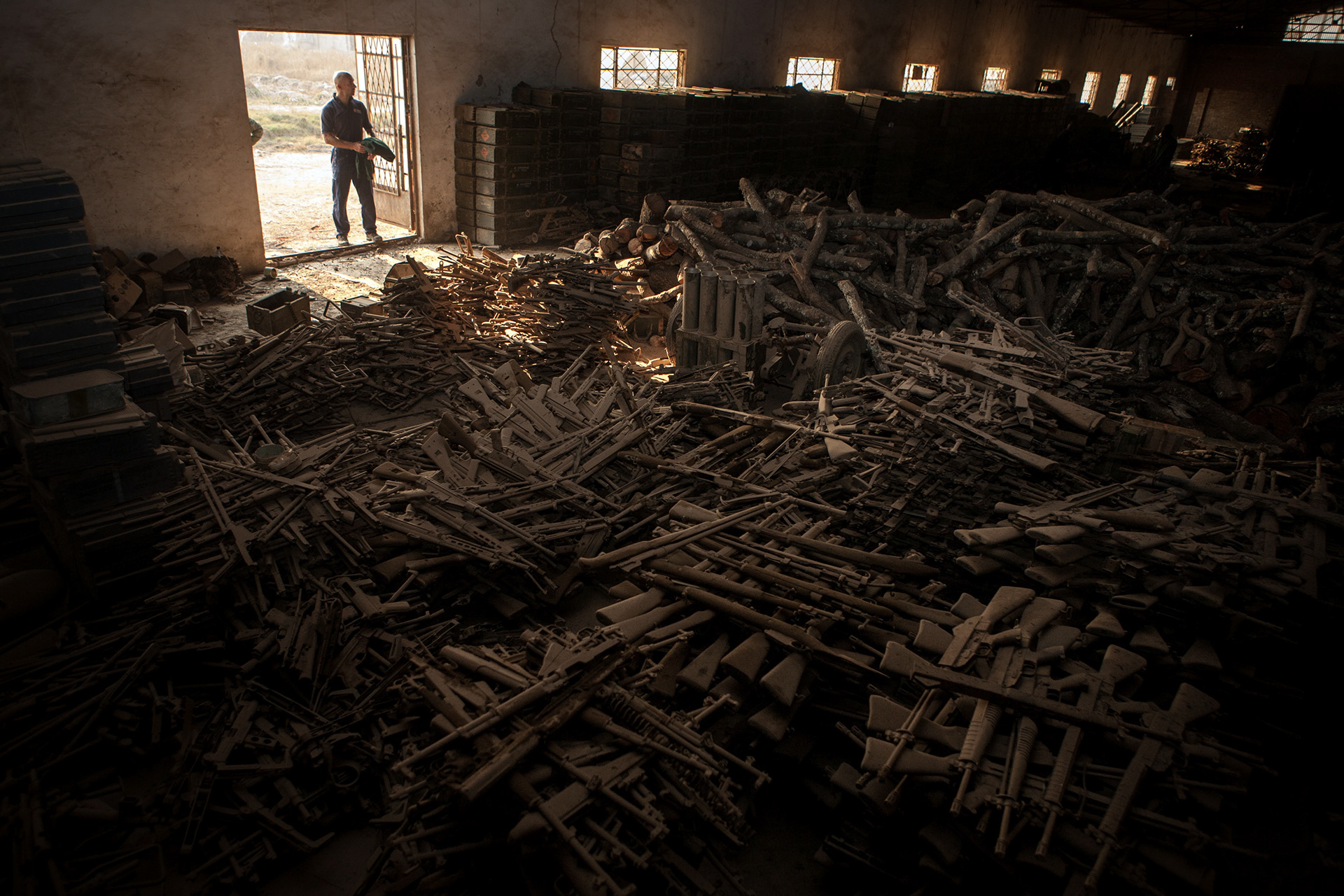
A padlocked chain and a "occasional" soldier protect the access to tens of thousand weapons and ammunitions stored in a disused factory in Lubumbashi, Katanga province, by the FARDC (Armed forces of the Democratic Republic of Congo).
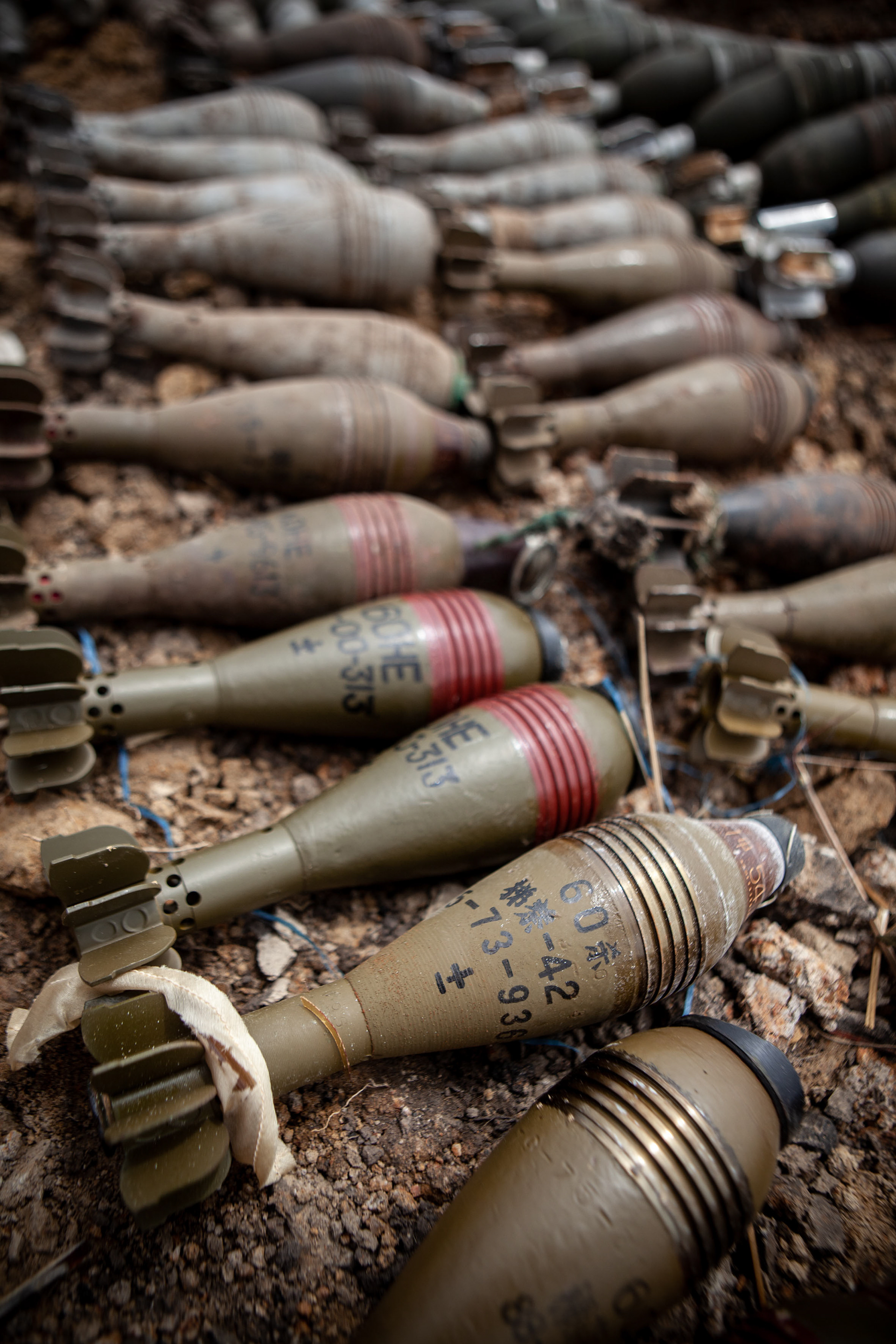
Imported from China, from the United States, from Belgium and from Ex-Yougoslavie, hundreds of mortars "sleep" today in the heart of a residential area of Lubumbashi. The years of conflict that ravaged the Democratic Republic of Congo have resulted in the presence of large numbers of weapons and ammunition from all over the world.

Nyanzala sits in front of her house in Dongo, Equateur province, DRC on April 24, 2010. She lost her husband when the fishermen from Enyele attacked Dongo on October 29th, 2009. Having fled to Congo Brazzaville, on the other side of the Ubangui river, she returned only to find her house destroyed. Since the end of October, 2009, 187,000 have fled the fighting, among which 109,000 and 18,000 respectively in the neighbouring Republic of Congo and in the Central African Republic.
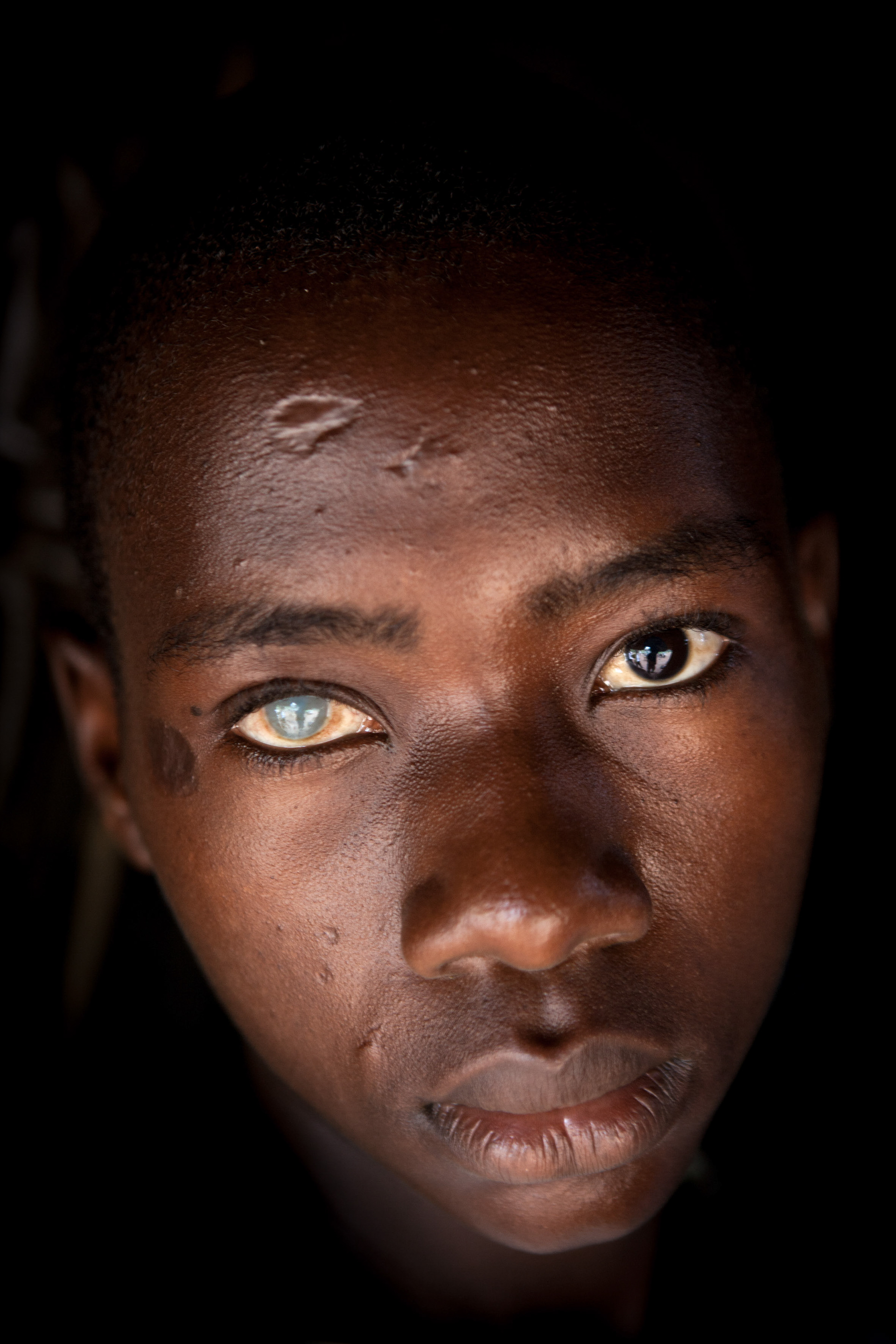
Esekyel Wéazama was 9 years old when he was victim of the same grenade. With the resurgence of the fighting in the region, numerous explosive devices have been fired or abandoned- the population is afraid of new accidents.
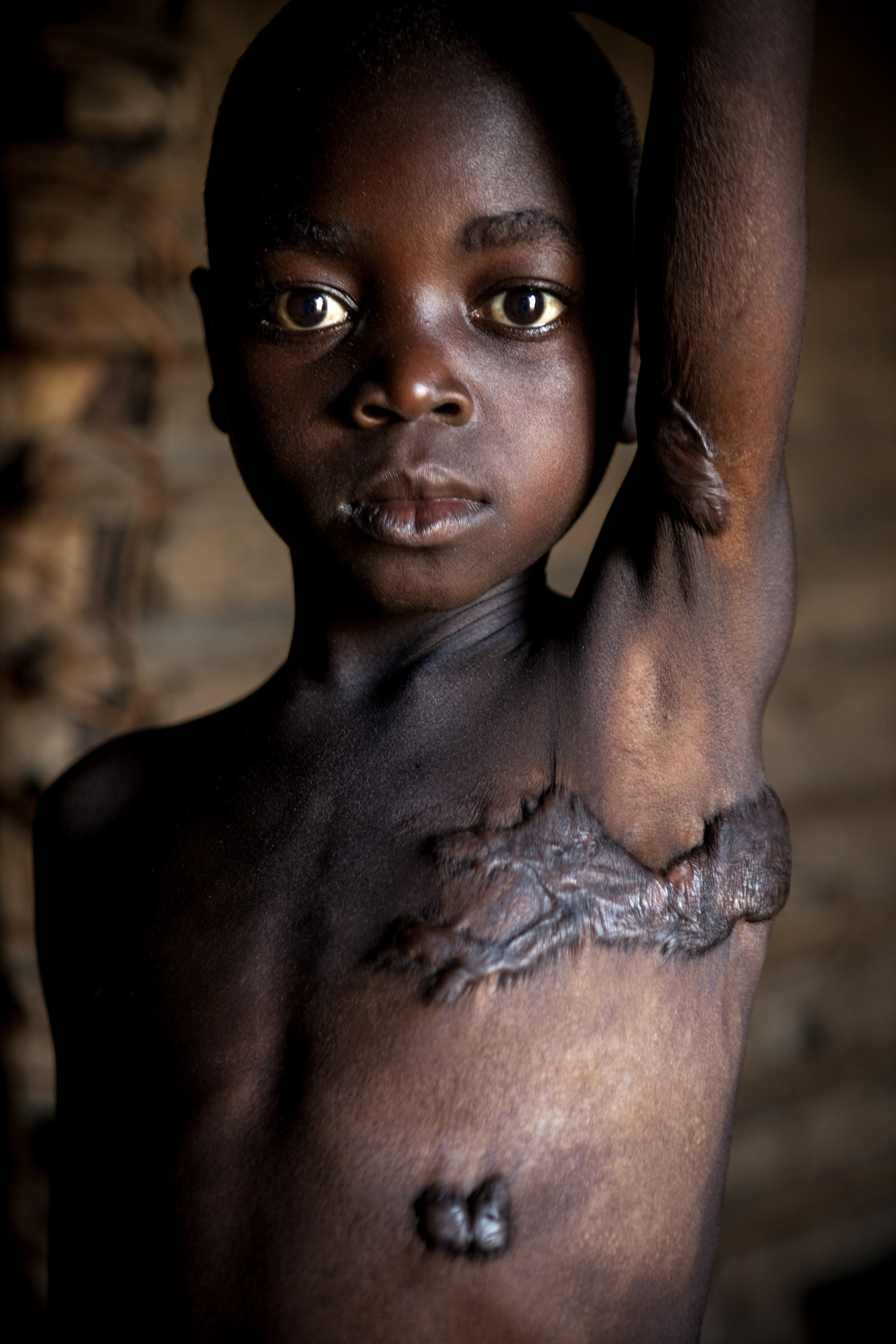
Shadrak Mabanga was not even one year old when fragments of a mortar hit his mother. While on her back, he miraculously survived the shrapnels that lodged in his chest and his left arm.
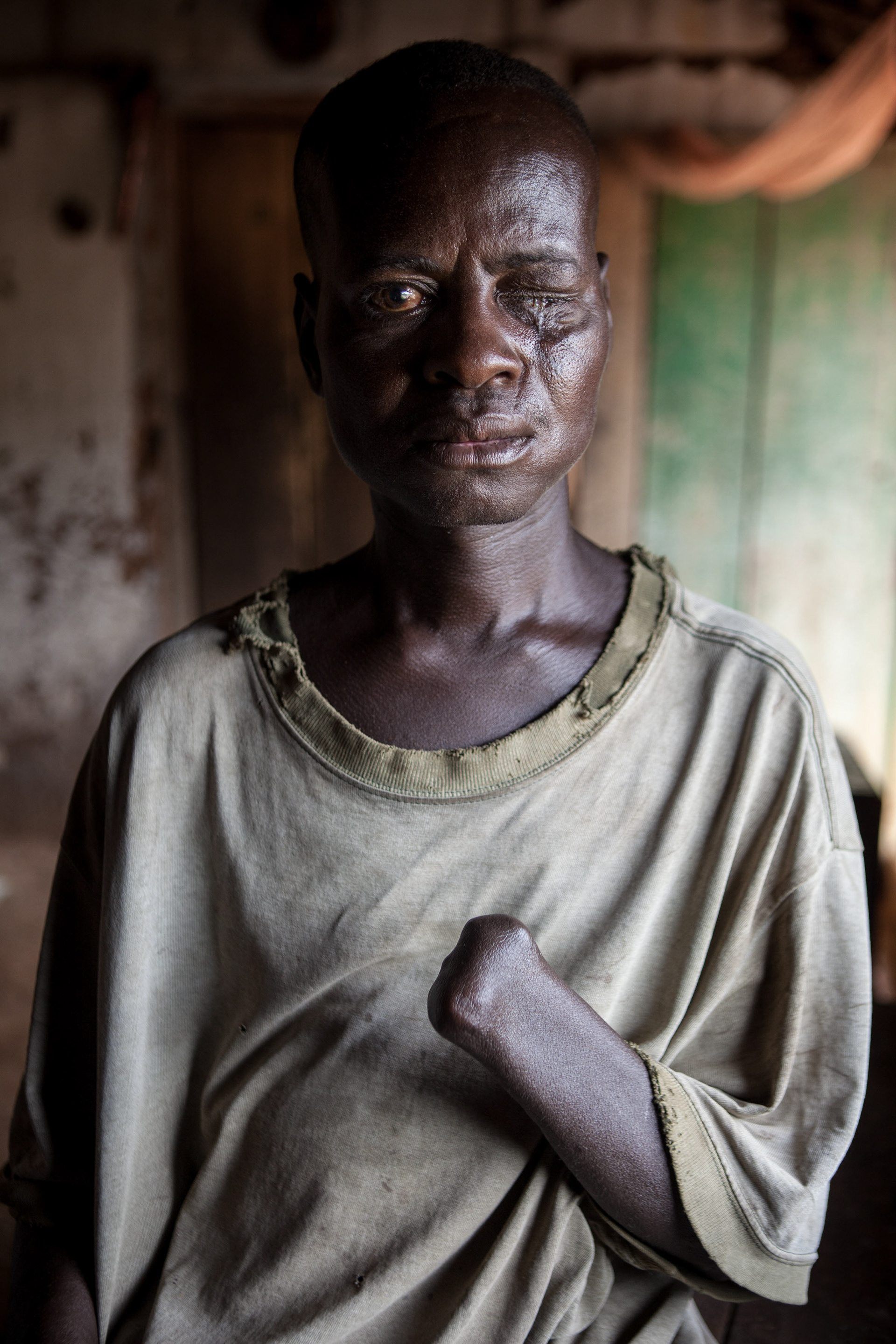
“It was the 29th of November 2001 at 2.30 in the afternoon. I was participating in a prayer group. A man brought a grenade, thinking it was a toy. He joked around with it and then the accident happened. 37 people were injured and 3 died, including the man in question and a young girl 12 years old. When I was able I tilled the fields, I did everything. Since the accident I have no way to work and my wife left me. I have become unhappy.”
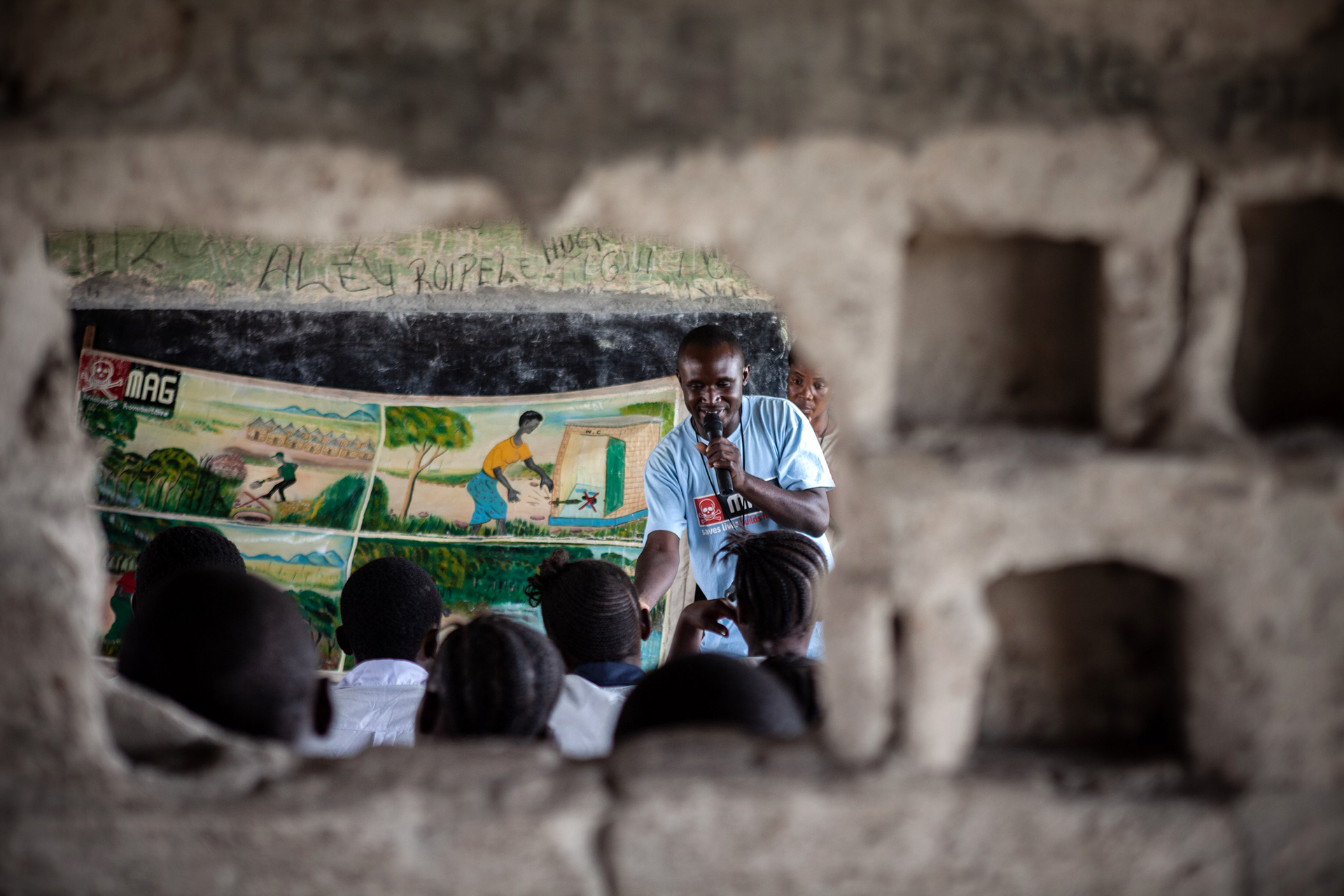
The children of the school of Ngemba in the province of Bandundu attend a sensitization session to the dangers of weapons and explosive ordnance. The school is located near a military camp where a young girl of seven years died in 2007, victim of a grenade abandoned 10 years earlier.
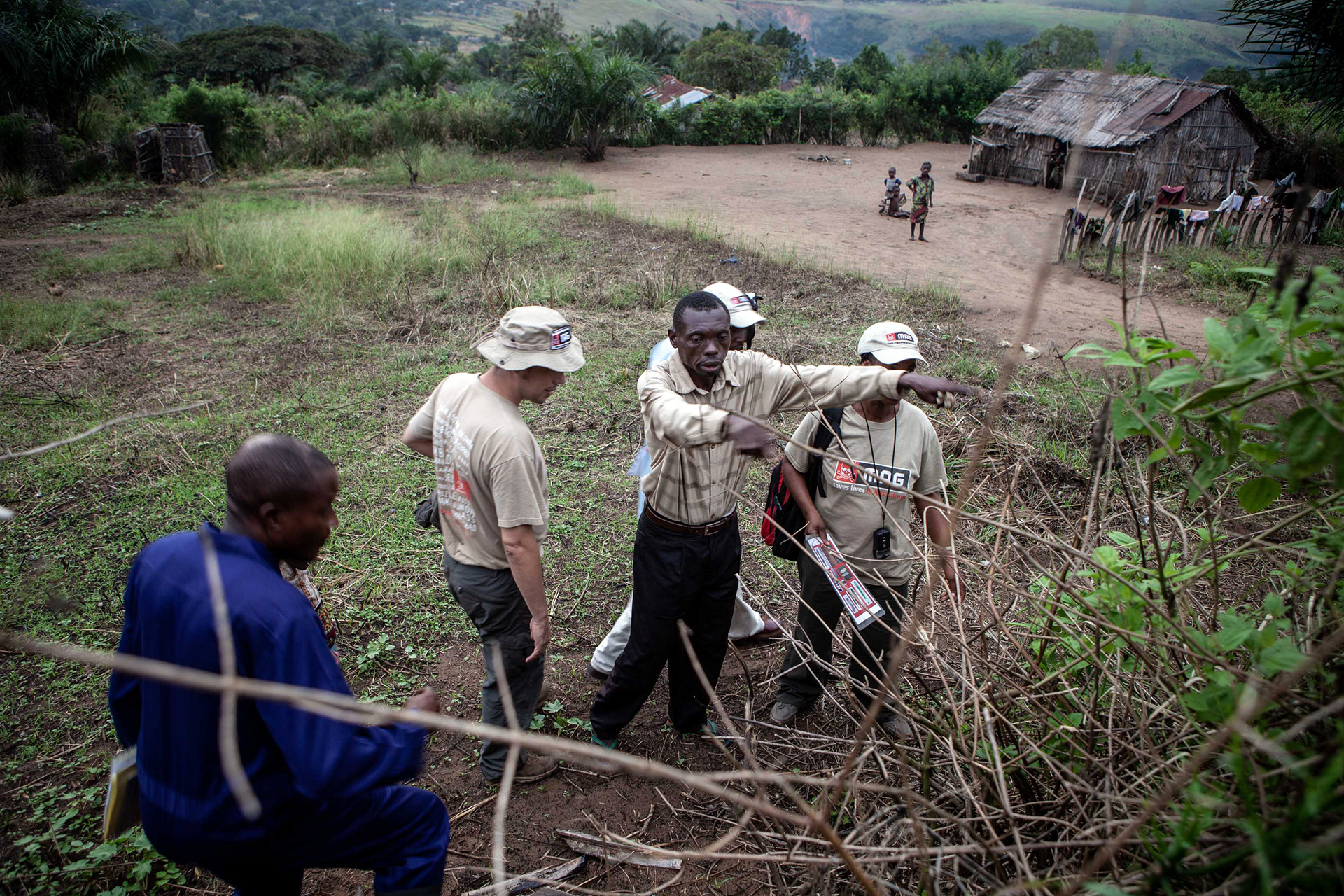
A resident of Kenge indicates to MAG Community Liaison team the location of a RPG (Rocket Propelled Grenade), buried here several years ago.
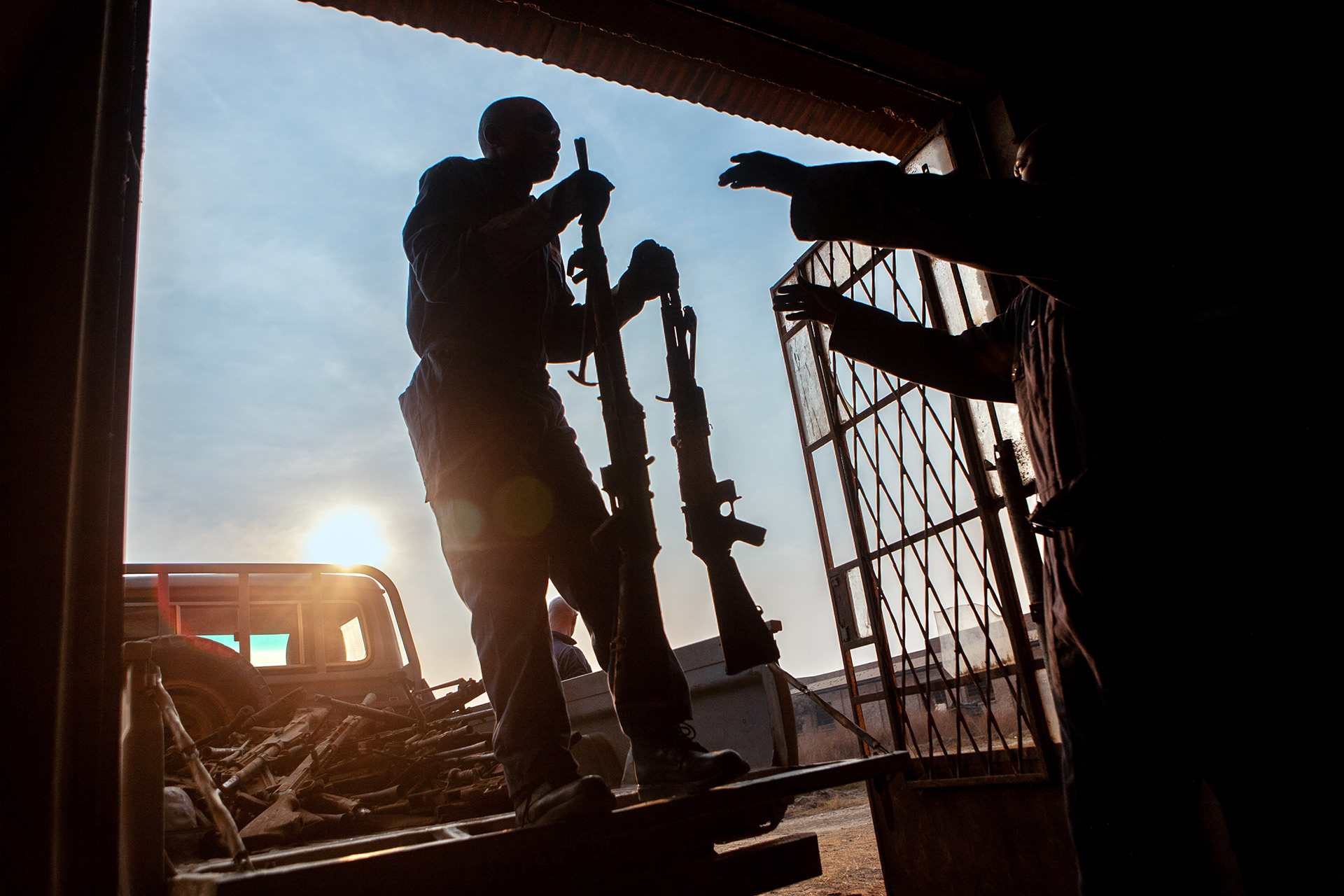
Weapons from a stock in Lubumbashi are loaded in a vehicle and transported to a destruction site. International donors are more and more alarmed by the issue of weapons proliferation in the region and finance programs of destruction of unsecured and abandoned SALW (Small Arms Light Weapons - hand-held small and medium caliber firearms and explosive ordnance).
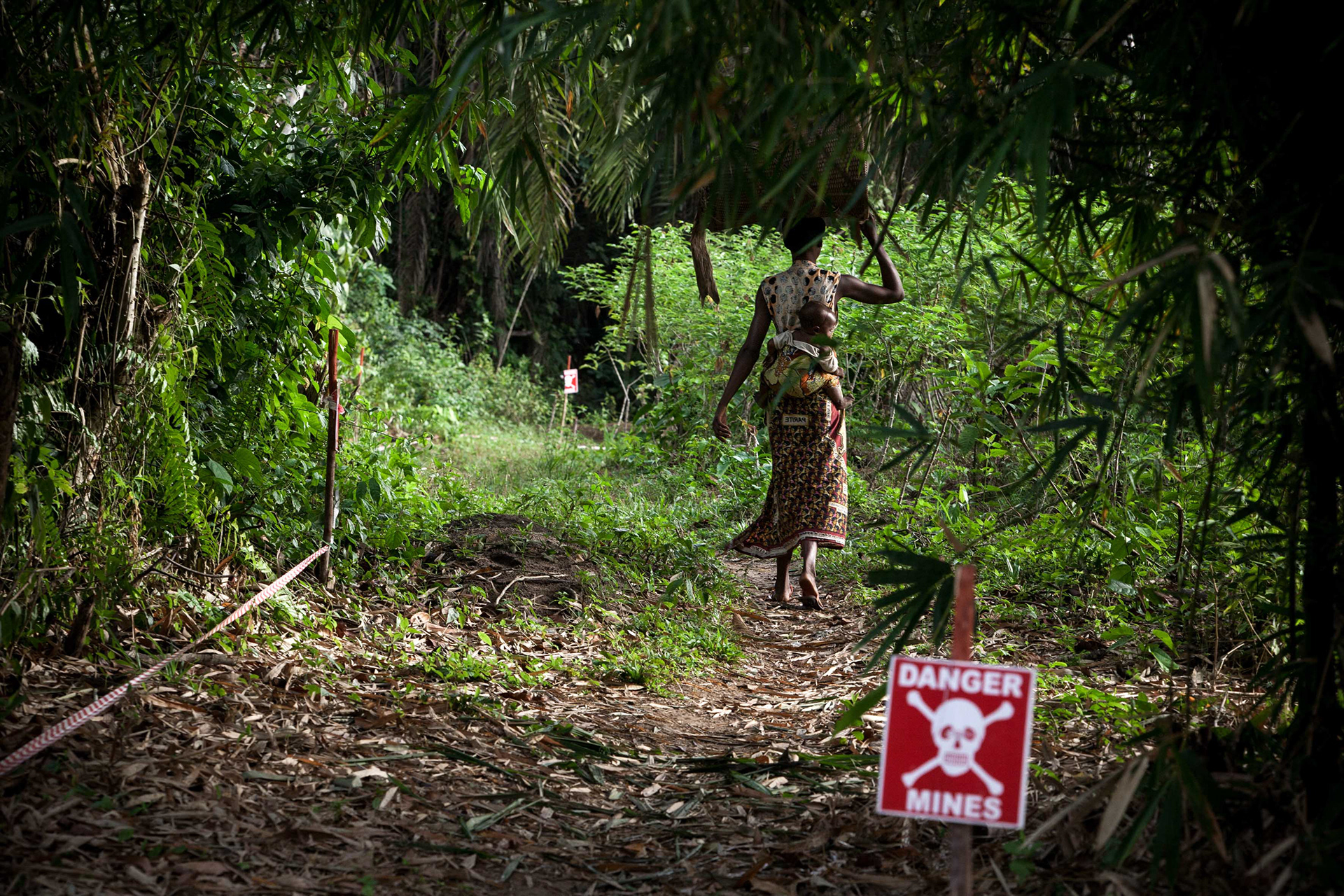
A woman from Tshamaka, near Kisangani, walks through a forest infested by landmines, crossing the marking zones set up by the United Nations Mine Action Programme.

Destruction by a team of the United Nations Mine Action Coordination Center of an abandonned 60mm mortar found near Kisangani.
